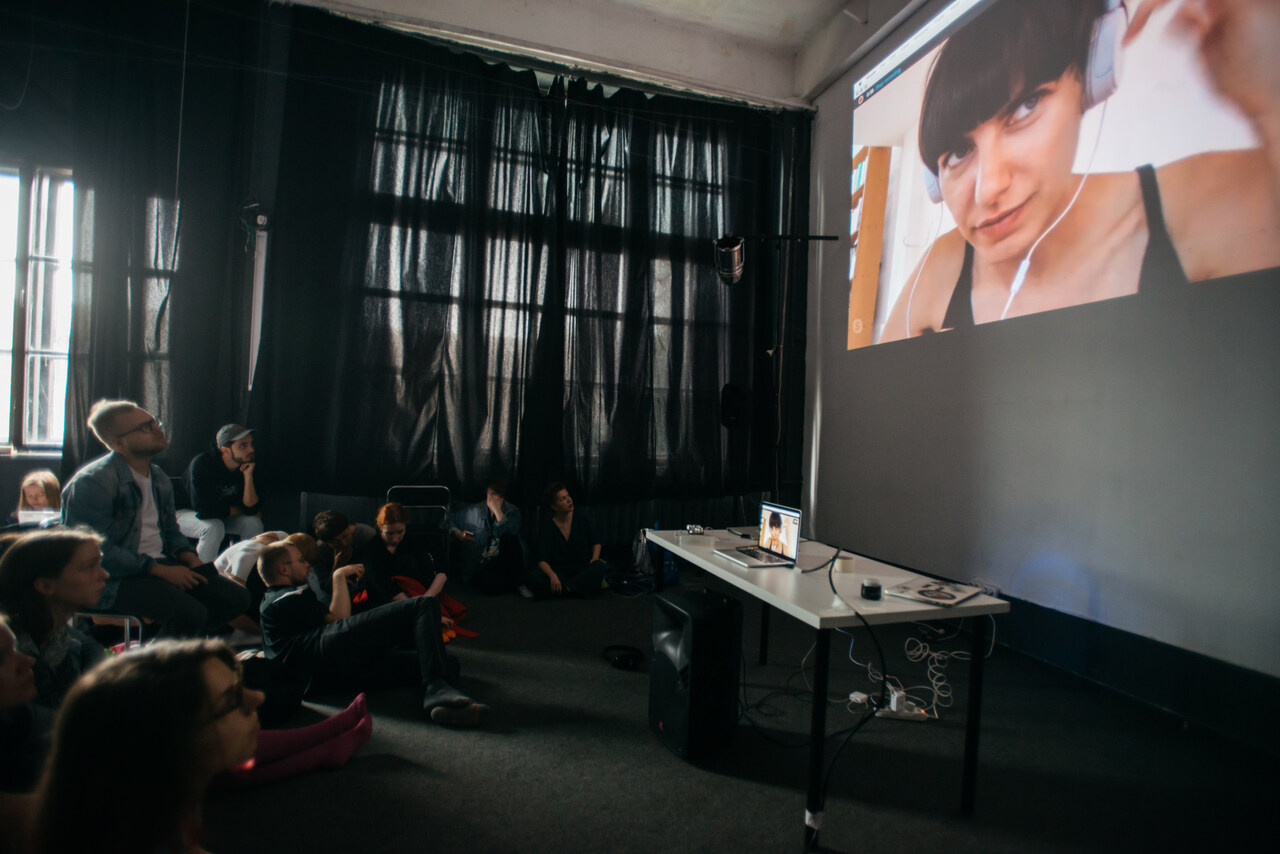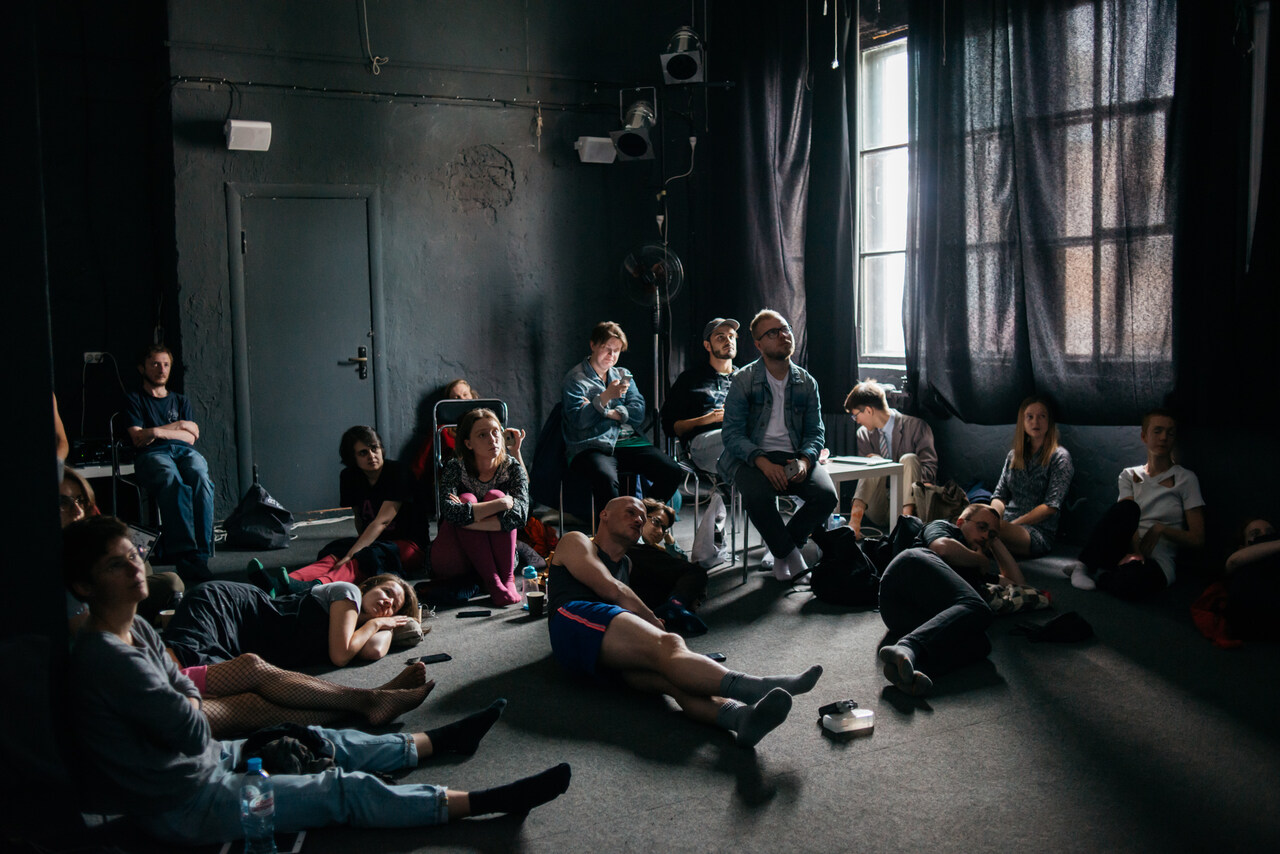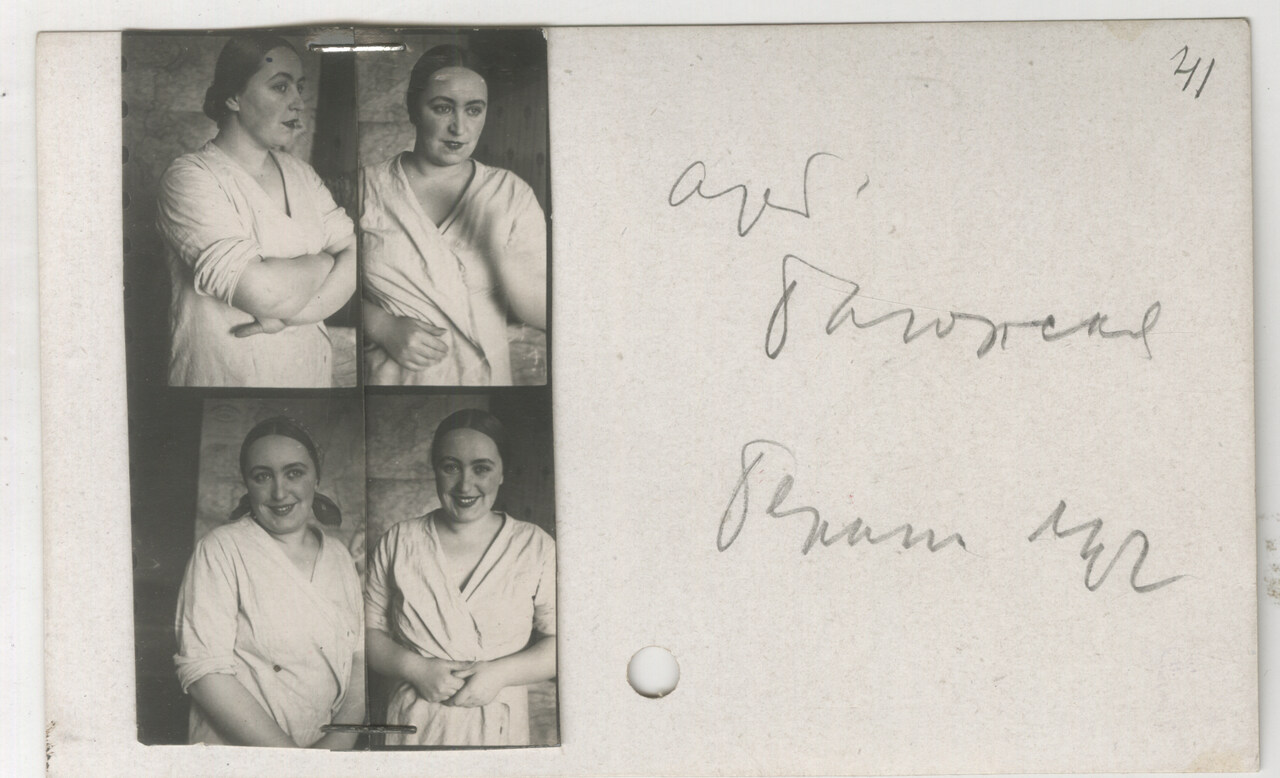Film + skype discussion
Terms: coincidance, repetition, contingency, production drama, collection
“Actors of Profane History” includes a series of recently discovered casting images from Sergei Eisenstein’s destroyed film “Bezhin Meadow,” (1935-1937) preserved today at the Russian State Archive of Literature and Arts. It questions the interrelation between the cinematographic use of film extras, who usually appear only in the background of major cinema productions, and the possibility of acting in political history, in itself closely connected to the history of representation. In his films, Eisenstein worked almost entirely with non-professional actors, the so-called “tipazhes.” Deriving from the French word “typage,” the Russian “tipazh” was a concept for denoting a typical appearance, giving an immediate visual presence to the palpable characteristics of a social type. This reading of human appearance as evidence of social and political conditions elucidates parallels between cinema and criminalistic as well as physiognomic paradigms. Yet, in 1935, when Eisenstein was commissioned to shoot Bezhin Meadow, such “irregular types” were already banned from official screens. The censured and destroyed film tells the story of Pavlik Morozov, a fourteen year old pioneer who lived in the village of Gerasimovka and was killed in 1932 by his family after denouncing his father for being opposed to the collectivisation of the land. After the editing of the film went through at least two different versions, the production was definitively stopped in March 1937. The film was withdrawn and disappeared in the deposits of Mosfilm, where it was eventually destroyed in the bombing of Moscow during the Second World War. In 1967, Naum Kleiman and Sergei Jutkevic reconstructed a version of Bezhin Meadow based on a surviving sequence of individual frames.


